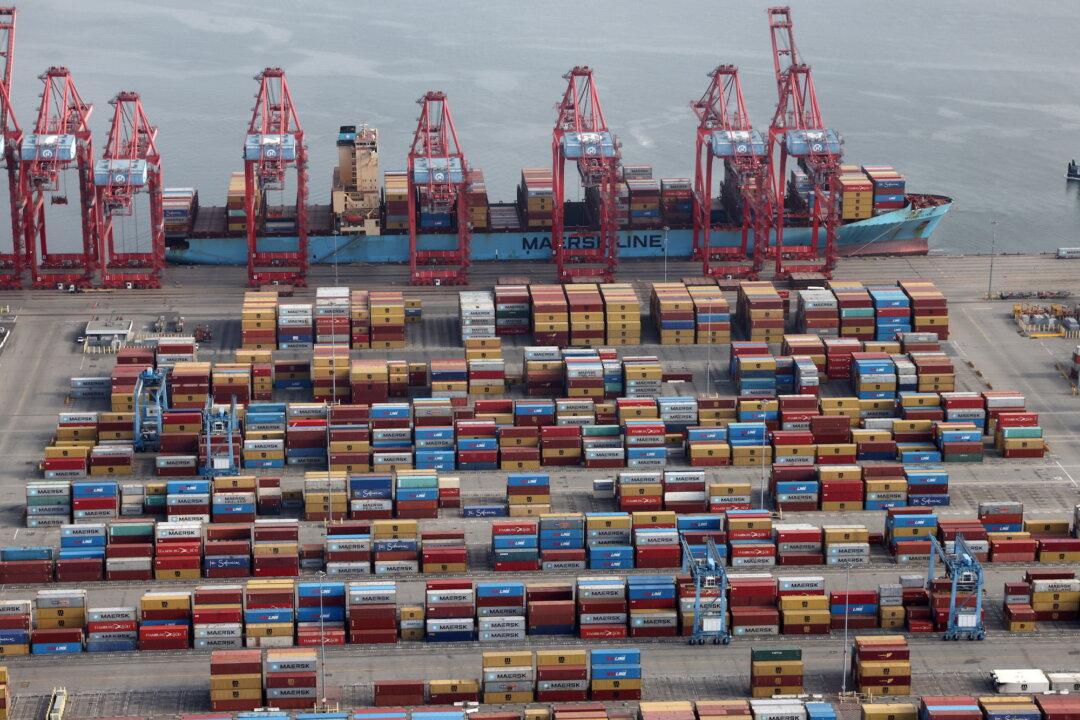American retailers are currently placing orders with global manufacturers and reserving space on commercial carriers for the back-to-school sales in August and the Christmas sales in December.
That’s at least 14 days ahead of schedule, one of the many “impacts of Red Sea shipping disruptions,” Jonathan Gold, vice president of supply chain and customs policy at the National Retail Federation (NRF), told a House panel on Jan. 30.





